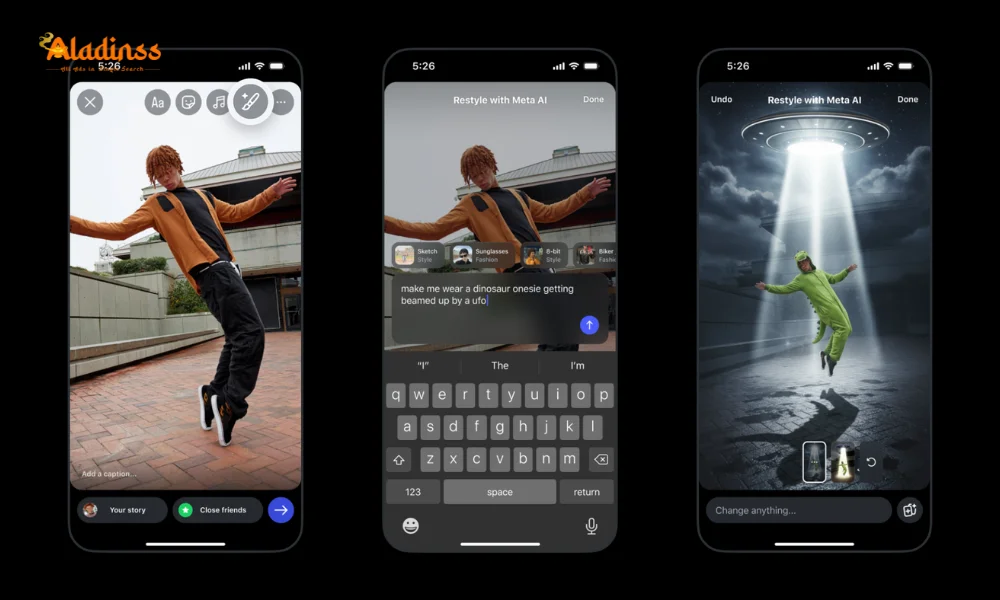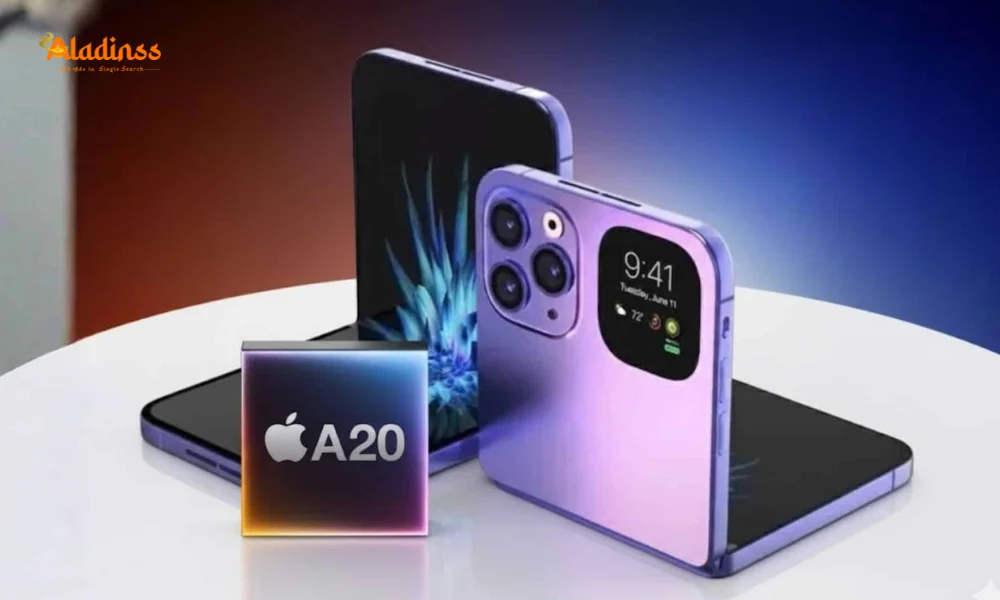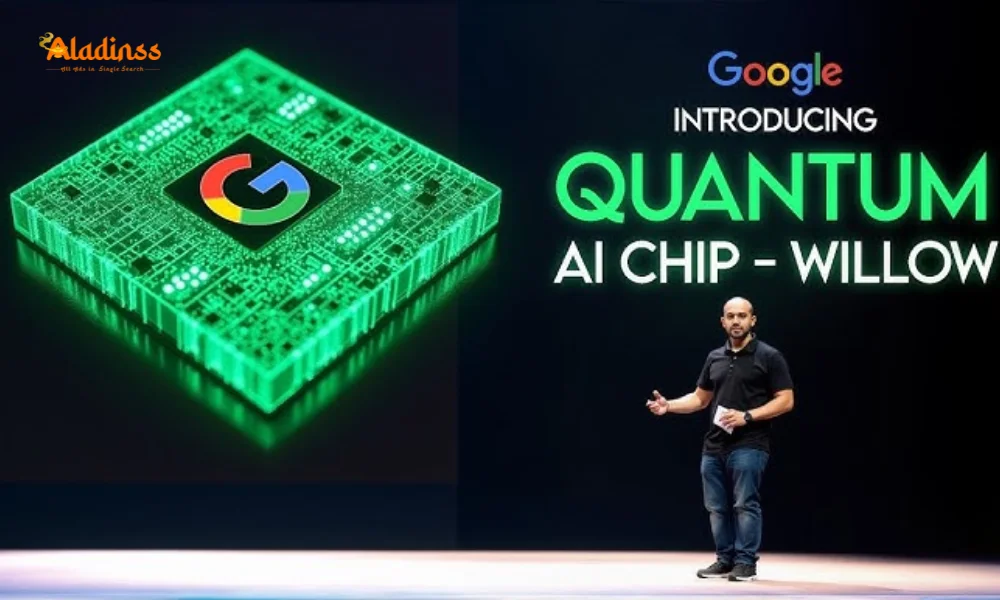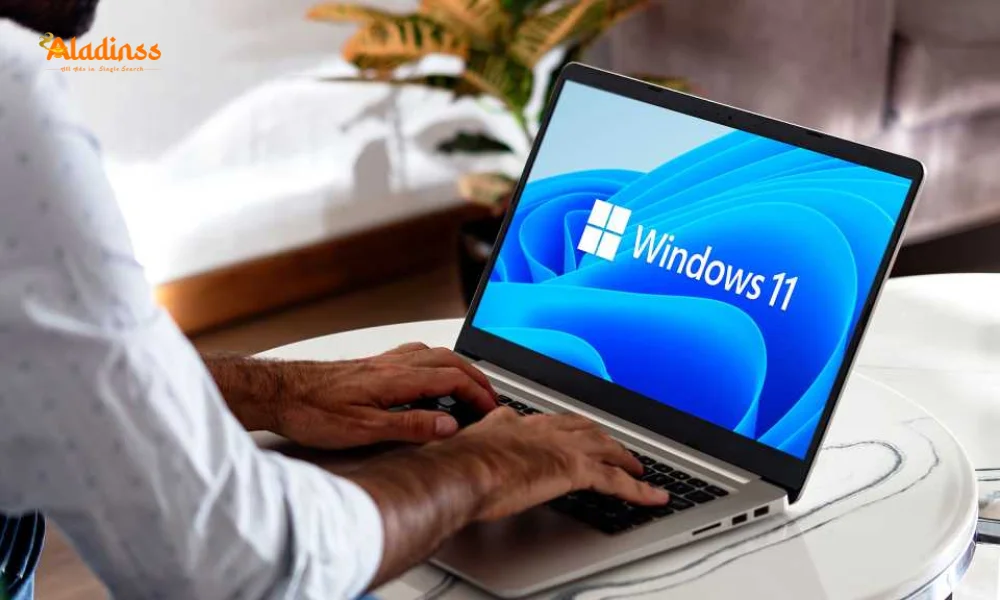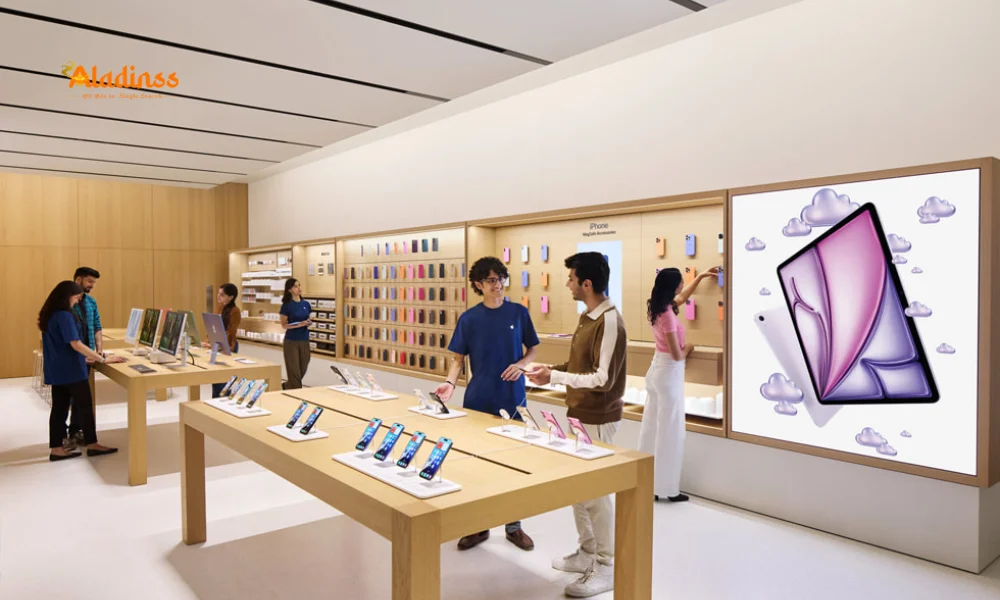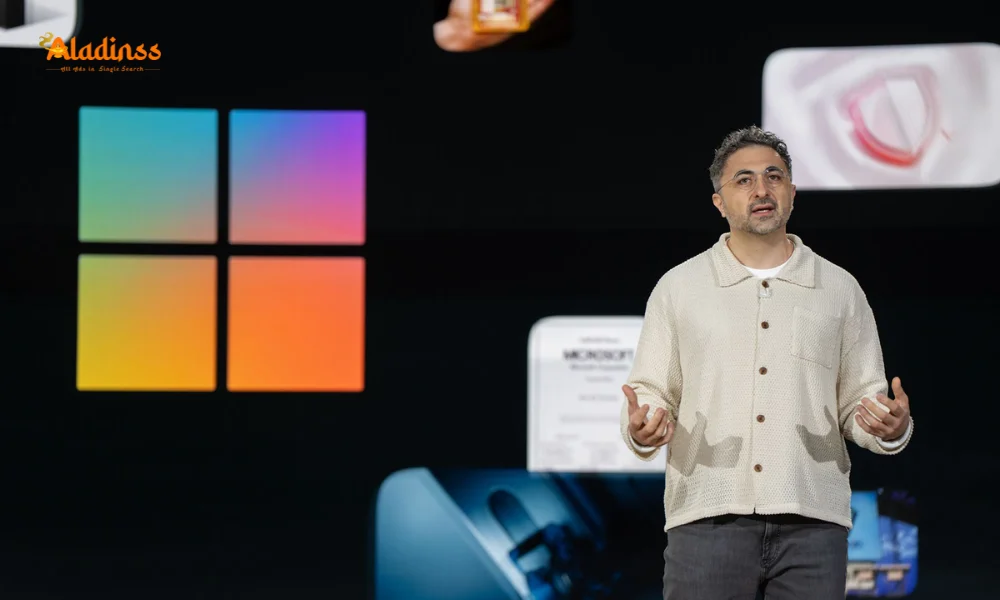OpenAI Jony Ive AI Devices: Smart Speakers, Glasses, Pin Development Using Apple Supply Chain

OpenAI Jony Ive AI Devices: Smart Speakers, Glasses, Pin Development Using Apple Supply Chain — Breaking News Report September 22, 2025
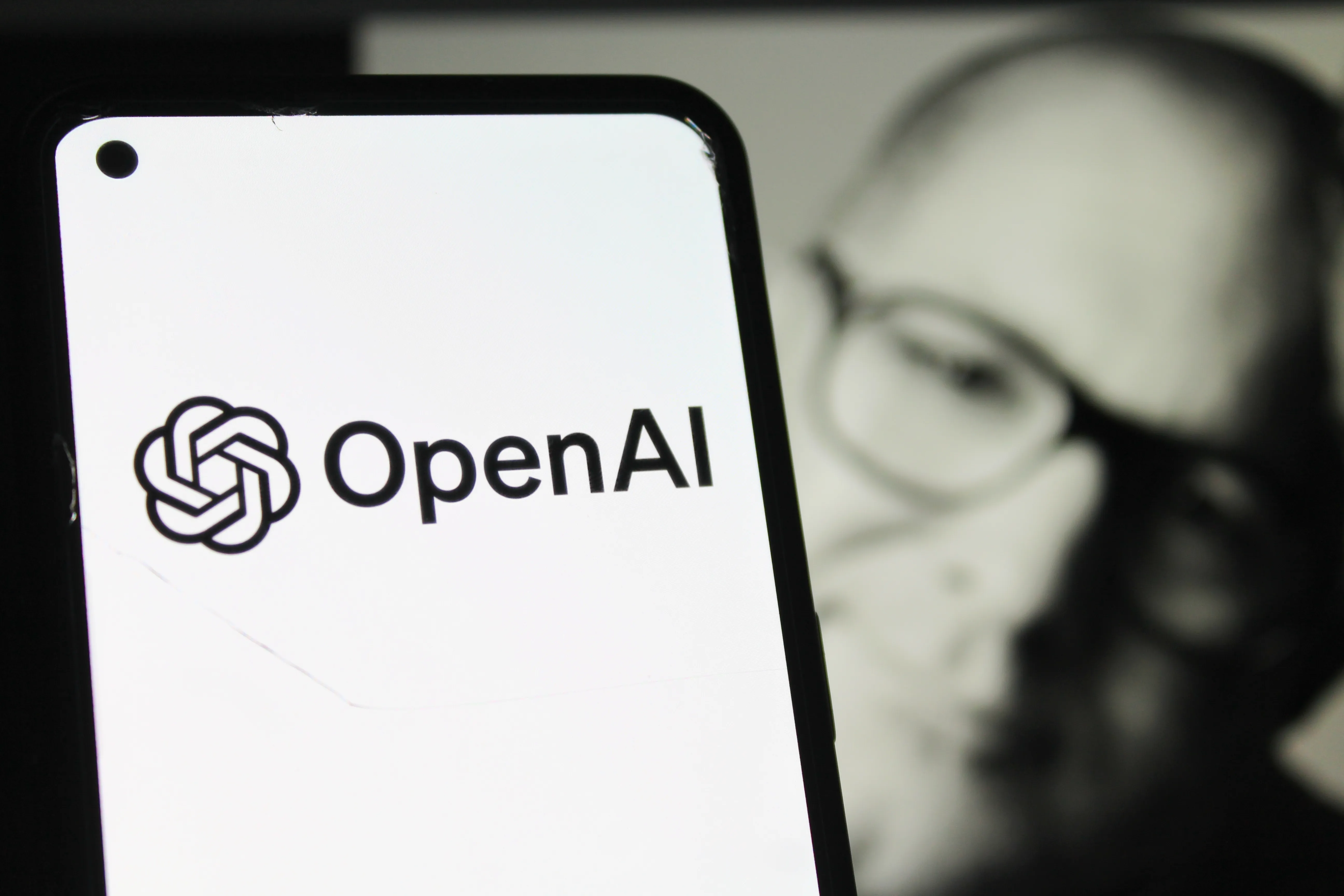
OpenAI and Jony Ive's LoveFrom are reportedly collaborating on a suite of innovative AI powered devices, including smart speakers, smart glasses, and a wearable AI pin, leveraging elements of Apple's established supply chain for manufacturing. This ambitious hardware push, spearheaded by OpenAI CEO Sam Altman and the former Apple design chief, signals a bold entry into consumer electronics, with prototypes already in development and a potential launch timeline set for late 2026 or early 2027. The partnership, which includes tapping suppliers like Luxshare and Goertek, underscores OpenAI's intent to create seamless, screen free AI experiences that could rival established ecosystems from tech giants like Apple and Meta.
The revelations come amid growing speculation about OpenAI's hardware ambitions, following the acquisition of Ive's io Products startup in a $6.5 billion deal backed by SoftBank earlier this year. Sources familiar with the matter indicate that the devices aim to integrate advanced AI capabilities directly into everyday objects, emphasizing contextual awareness and natural interactions without traditional displays. This approach aligns with Altman's vision of a "third core device" complementing laptops and smartphones, potentially reshaping how users engage with artificial intelligence in personal and professional settings.
OpenAI's Expanding Hardware Vision with Jony Ive
The collaboration between OpenAI and Jony Ive represents a fusion of cutting edge AI software and iconic industrial design, aiming to produce devices that feel intuitive and elegant. Reports suggest the initial focus is on a screenless smart speaker, described as a compact, pocket sized gadget that responds to voice commands with contextual intelligence powered by advanced versions of ChatGPT. This device could serve as a central hub for home automation, personal assistance, and even creative brainstorming, all without the need for visual interfaces.
Beyond the speaker, the roadmap includes smart glasses equipped with AI for augmented reality overlays, real time translation, and environmental analysis, positioning them as a subtle wearable companion for daily tasks. An AI digital recorder is also in prototypes, designed to capture and transcribe conversations or ideas on the fly, integrating seamlessly with OpenAI's cloud services for instant analysis and summarization. The AI Pin, reminiscent of Humane's offering, aims to provide hands free notifications and queries, though Ive has expressed reservations about its form factor, suggesting it may evolve into something more refined.
This multi device ecosystem envisions a future where AI permeates physical spaces, from desktops to wrists, fostering ambient computing where interactions feel natural rather than screen bound. Early concepts emphasize privacy through on device processing and ethical AI guidelines, addressing concerns raised by regulators and users alike.

Leveraging Apple's Supply Chain for Production
To bring these visions to life, OpenAI is strategically partnering with Apple's key suppliers, securing contracts with Luxshare for assembly of iPhones and AirPods, and approaching Goertek, known for HomePods and Apple Watches. This move not only accelerates time to market but also ensures high quality standards synonymous with premium consumer electronics. Production is slated to ramp up in China initially, with potential diversification to India as volumes grow, mirroring Apple's global strategy.
The supply chain integration extends to component sourcing, with custom chips from Broadcom and TSMC powering the AI inference engines. These partnerships provide OpenAI with battle tested manufacturing expertise, crucial for achieving the sleek, durable designs Ive champions. However, it also raises eyebrows about intellectual property flows, prompting Apple to reportedly cancel meetings with its China teams over defection fears.
Logistically, the timeline targets end of 2026 for the smart speaker debut, allowing for iterative prototyping and regulatory clearances. Initial production runs could hit millions of units, supported by SoftBank's financial backing from the io acquisition. This infrastructure positions OpenAI to scale rapidly, potentially disrupting the smart home and wearable markets dominated by Amazon and Google.
Talent Poaching and Cultural Shifts at OpenAI
A key aspect of this expansion involves aggressive talent acquisition from Apple, with several hardware engineers and designers jumping ship to OpenAI or LoveFrom. Tang Tan, OpenAI's Chief Hardware Officer, has been instrumental in these hires, promising a more collaborative environment free from bureaucratic hurdles—a stark contrast to Apple's structured culture. This influx brings expertise in consumer product development, from material sciences to user interface prototyping.
The poaching extends to executives like Scott Cannon and Evans Hankey from io, now embedded in OpenAI's structure reporting to product VP Peter Welinder. Ive's LoveFrom remains independent, allowing creative freedom while guiding OpenAI's aesthetic direction. This hybrid model fosters innovation, blending Silicon Valley agility with Cupertino's design rigor.
Industry insiders note that these moves could accelerate OpenAI's hardware maturity, but they also intensify rivalries. Apple's response includes bolstering retention incentives and accelerating its own AI hardware, such as rumored 2026 smart glasses. The talent war highlights the premium on AI hardware skills, with salaries reportedly surging 30 percent for key roles.
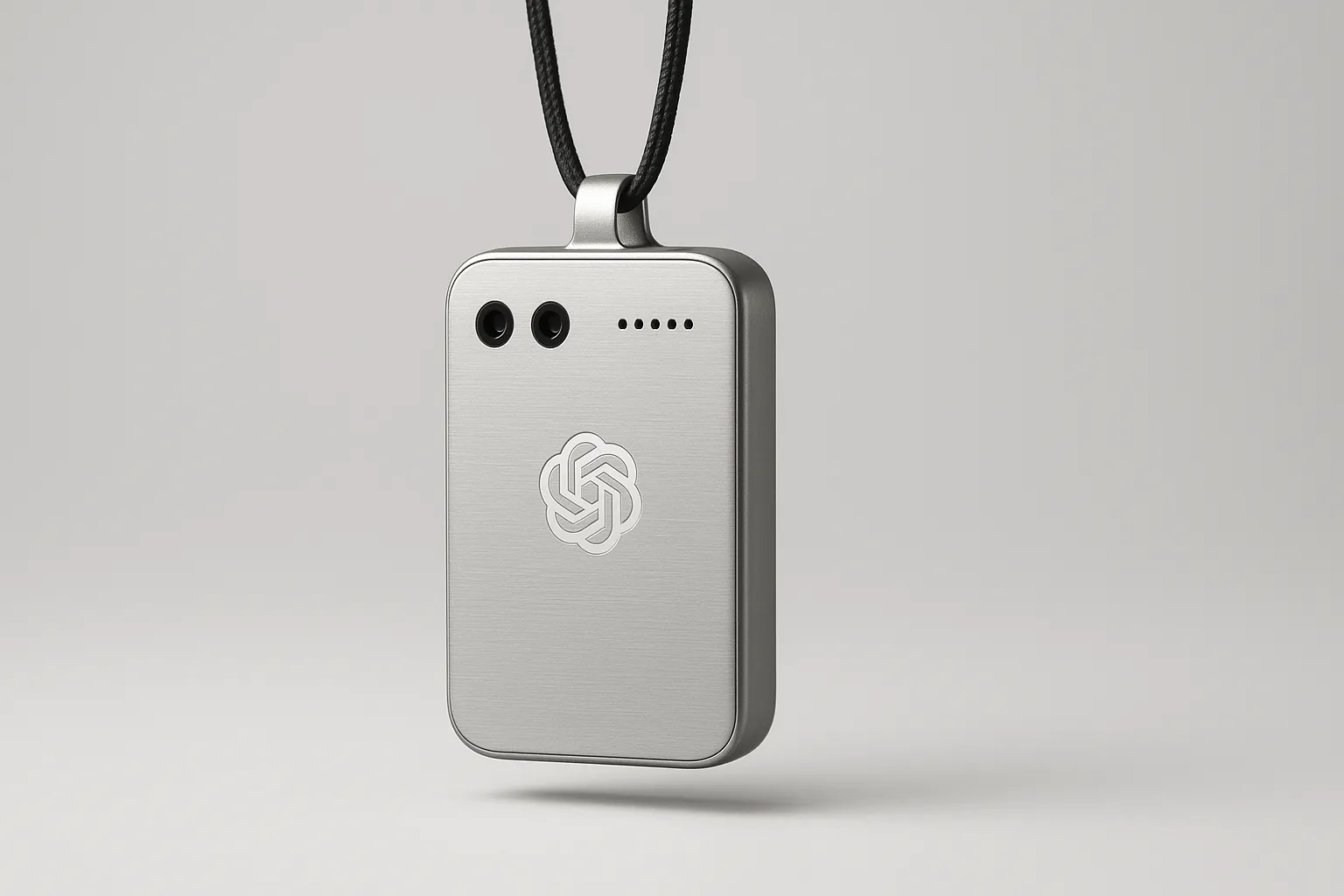
Challenges and Contradictions in Device Development
Despite the momentum, the project faces hurdles, including past dismissals of wearables by Altman and Ive's skepticism toward the AI Pin. Altman had previously stated no interest in wearables, yet reports now confirm smart glasses in development, suggesting a strategic pivot amid market opportunities. This evolution reflects adaptive planning, incorporating feedback from prototypes and user testing.
Technical challenges abound, such as ensuring battery life in compact forms and mitigating privacy risks from always on microphones and cameras. Ive's disdain for pin like devices may lead to redesigns, favoring integrated solutions over clip ons. Launch delays are possible if integration with evolving AI models like GPT 5 proves complex.
Regulatory scrutiny looms large, with data protection laws in Europe and antitrust probes into OpenAI's dominance potentially impacting global rollouts. Balancing innovation with compliance will be pivotal for the 2026 debut.
Market Implications and Competitive Landscape
OpenAI's hardware foray could disrupt the $100 billion smart device market, challenging Amazon's Echo dominance with superior AI smarts and Google's wearables with Ive's polish. The screenless paradigm shifts focus to voice and gesture interfaces, appealing to privacy conscious users tired of notification overload.
Pricing remains speculative, but premium positioning around $300 to $500 per device could yield high margins, backed by subscription tiers for advanced features. Analyst projections estimate 50 million units shipped by 2028, driving OpenAI's valuation toward trillion dollar marks.
For consumers, this means more choice in AI companions, from desk top speakers for productivity to glasses for navigation. The collaboration's success hinges on delivering magical experiences, echoing Ive's iPhone legacy while advancing Altman's AI democratization goals.
Future Prospects for AI Hardware Ecosystem
Looking ahead, the OpenAI Ive alliance eyes a family of devices evolving with multimodal AI, incorporating vision and touch for richer interactions. Integration with existing platforms like ChatGPT apps could create hybrid ecosystems, blurring lines between software and hardware.
Sustainability features, such as recyclable materials and efficient chips, align with global trends, potentially earning eco certifications. Partnerships with fashion brands for glasses could enhance adoptability, making AI fashionable.
Ultimately, this initiative could usher in ambient AI ubiquity, where devices anticipate needs proactively. As prototypes mature, beta programs may invite influencers for early feedback, building hype toward the 2026 unveil.
Industry Reactions and Broader Impacts
The tech community buzzes with excitement and skepticism, with X posts trending under #OpenAIIveDevices, speculating on features like real time collaboration tools. Investors view it as a high stakes bet, potentially valuing OpenAI at $150 billion post launch.
Broader impacts include job creation in AI hardware, with thousands of roles in design and manufacturing. Ethical debates on AI ubiquity will intensify, prompting guidelines for responsible deployment.
As development progresses, leaks and demos could fuel competition, spurring innovations across the board. This chapter in OpenAI's story promises to redefine human machine symbiosis, one elegant device at a time.
Consumer Implications and Expectations
For consumers, the OpenAI-Ive devices promise a new era of interaction, where AI seamlessly integrates into daily life without the clutter of screens. The smart speaker could redefine home productivity, offering real-time insights for tasks like cooking or studying, while glasses may enhance travel with instant translations or navigation cues.
Expectations are high for Jony Ive’s design touch, with sleek aesthetics and intuitive interfaces drawing comparisons to Apple’s golden era. Privacy-focused features, such as local AI processing, could sway cautious adopters, while subscription models may unlock premium functionalities like advanced analytics or AR content.
Social media sentiment on X, trending under #AIWearables2026, reflects curiosity about real-world applications, with users eager for demos. Early adopters anticipate beta access, while skeptics question pricing accessibility, urging OpenAI to balance premium positioning with affordability.
Comment / Reply From
No comments yet. Be the first to comment!
